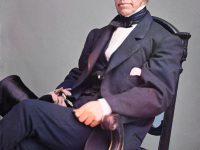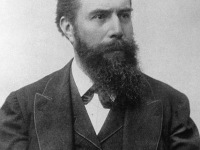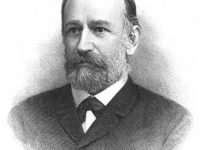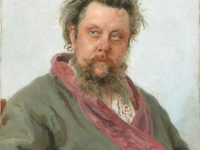Max and Moritz as Role Model for The Katzenjammer Kids
On April 4, 1865, Wilhelm Busch published his famous ‘Max and Moritz‘ (in the German original: Max und Moritz – Eine Bubengeschichte in sieben Streichen), a famous German language illustrated story in verse, considered to be an early precursor of comic strips. Actually, if you are not by chance a German native speaker, you probably might never have heard of satirical author, illustrator and painter Wilhelm Busch, who was famous in the 19th…
Read more










